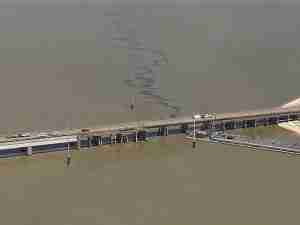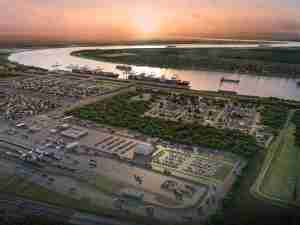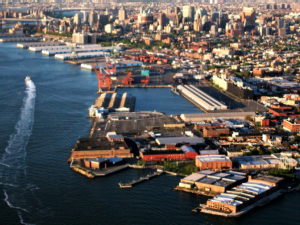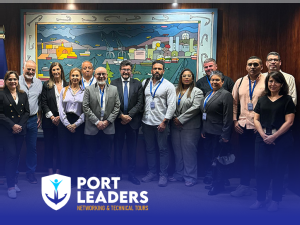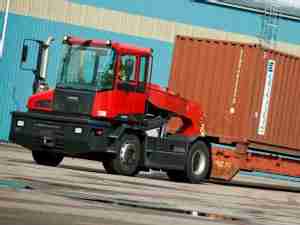Construction work for the PSMO (Port Seine Métropole Ouest / Western Metropolitan Seine Port) is now beginning in the Yvelines département 60km from Paris. Located at the confluence of the Seine and the Oise rivers, this multimodal facility is expected to host activities in the construction and civil engineering sectors. The first phase of the construction work will enable the new port to become operational as early as 2027. This will be followed by additional development work continuing up to 2040.
The land occupied by PSMO – approximately 100 hectares – is located in the Achères, Andrésy, and Conflans-Sainte-Honorine municipalities. The multimodal (river, rail, and road) platform will host activities related to the transportation and distribution of materials for the construction and civil engineering industries. The future port will allow river and rail transport to be developed across the Paris area. Ultimately, it will strengthen the region’s economic development and contribute to the rapid expansion of sustainable logistics to meet the needs of the construction sector for Grand Paris project worksites and across the Paris area generally.
By developing new port facilities, HAROPA PORT is consolidating its coverage of the Paris region, extending its hinterland to expand the use of river transport. The Seine Axis ports will thus be helping reduce greenhouse gas emissions and combat climate change.
The investment implemented by HAROPA PORT stands at €122m.
“I am pleased to announce the start of the construction work PSMO, a major strategic project for the development of Seine Axis river and rail transport. This multimodal facility is destined to host activities in the construction and civil engineering sector and offers major economic potential, strengthening our regional coverage for supply to Grand Paris project worksites and the Paris area. The project for the future port has been underpinned by wide-ranging consultation with non-profit associations, local residents, elected representatives and economic and institutional actors and it will make a massive contribution to “clean” logistics along the Seine Valley” Antoine Berbain, deputy CEO of HAROPA PORT | Paris with responsibility for the Multimodal Project, declared.
River, rail and road service connections
The project will make it possible to create a new port district rooted in its surrounding region. Its design and execution represent the outcome of a wide-ranging consultation process that began in 2014. The operation includes the development of a dock (inner port basin), quays (one of which will be public), a rail branch line, access for road transport and the installation of companies on around 50 hectares of land. Added to which are 19 hectares of green spaces, including a landscaped park, and a network of environmentally friendly paths available for use by local residents and the region’s population.
A number of construction phases are planned for the period to 2040. The work will be carried out as and when operations are set up and land is freed, the site currently being utilised by quarry company GSM. On average, each development phase will take two years.
At the start of the current year 2024, the preparatory phase is beginning with houseboat relocation, embankment development work and creation of an uncoupling zone for barge convoys. In order to prepare the area, riverbank vegetation clearance and tree felling commenced on 22 January on the Bac Island quay embankment. This first part of the project is being supervised by a consultancy specialising in environmental monitoring.
The initial work on the Seine will be carried out in the houseboat area, beginning in February. It will involve the installation of 16 mooring posts. These are metal piles driven into the riverbed to allow river craft to moor. New barge access footbridges will be provided. Given that the pile driving for the mooring posts will generate noise pollution, these operations will be organised at suitable periods during the day: 9 a.m. to midday and 1 to 4 p.m. As the work progresses, houseboat occupants will gradually take up their definitive berths.
